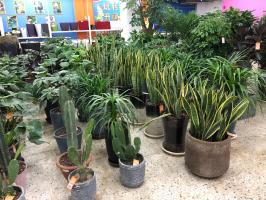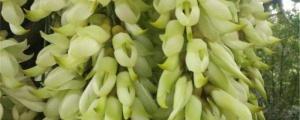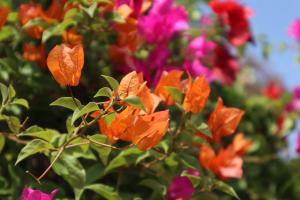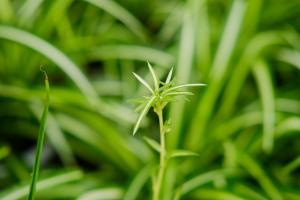What Kind of Plant is a Water Hyacinth Wordly Wise
The water hyacinth is a beautiful plant that can grow in freshwater bodies around the world. It has a fascinating life cycle and a unique set of characteristics that make it both loved and hated.
Appearance
The water hyacinth is a free-floating aquatic plant that can grow up to 3 feet tall. It has large, broad leaves that are about 6 inches in diameter and a thick stem that can be covered in small hairs. The leaves are a lush green color and have a waxy surface that helps them stay afloat. The plant also produces beautiful lavender flowers that bloom in the summer and fall months.
Life Cycle
The water hyacinth is a perennial plant that reproduces both sexually and asexually. The asexual reproduction method involves producing new plants from daughter plants that grow off the main stem, which can lead to the rapid spread of the plant. The sexual reproduction method involves producing seeds that can sink to the bottom of the water and germinate, leading to new plants.
Habitat
The water hyacinth is native to South America, but it has now spread to all continents except Antarctica. It can grow in a variety of freshwater habitats, including ponds, lakes, and slow-moving rivers. It prefers warm water temperatures and high nutrient levels, which can lead to overgrowth in some areas.
Benefits
The water hyacinth has a variety of benefits to the ecosystem, including providing shelter for aquatic animals, filtering water, and preventing soil erosion. It is also used as a natural fertilizer and in the production of biogas. Additionally, the plant is used in traditional medicine to treat a variety of ailments, including coughs and skin conditions.
Drawbacks
The water hyacinth can also have negative effects on the environment. Its quick growth and ability to reproduce rapidly can lead to overgrowth, which can choke out other plant species, reduce oxygen levels in the water, and harm aquatic animals. The plant can also clog waterways, making it difficult for boats and ships to navigate, and can block irrigation systems, leading to crop failure.
Control
Controlling the water hyacinth can be difficult due to its rapid growth and ability to reproduce quickly. Some methods of control include physical removal, herbicide treatment, and the use of biological controls such as insects and fish that feed on the plant. However, these methods can also have negative effects on the ecosystem, so they need to be carefully managed.
Conclusion
The water hyacinth is a fascinating plant with both benefits and drawbacks to the environment. It is important to manage its growth to ensure that it does not harm the ecosystem while still taking advantage of its potential benefits.

 how many times do yo...
how many times do yo... how many planted tre...
how many planted tre... how many pine trees ...
how many pine trees ... how many pecan trees...
how many pecan trees... how many plants comp...
how many plants comp... how many plants can ...
how many plants can ... how many plants and ...
how many plants and ... how many pepper plan...
how many pepper plan...































